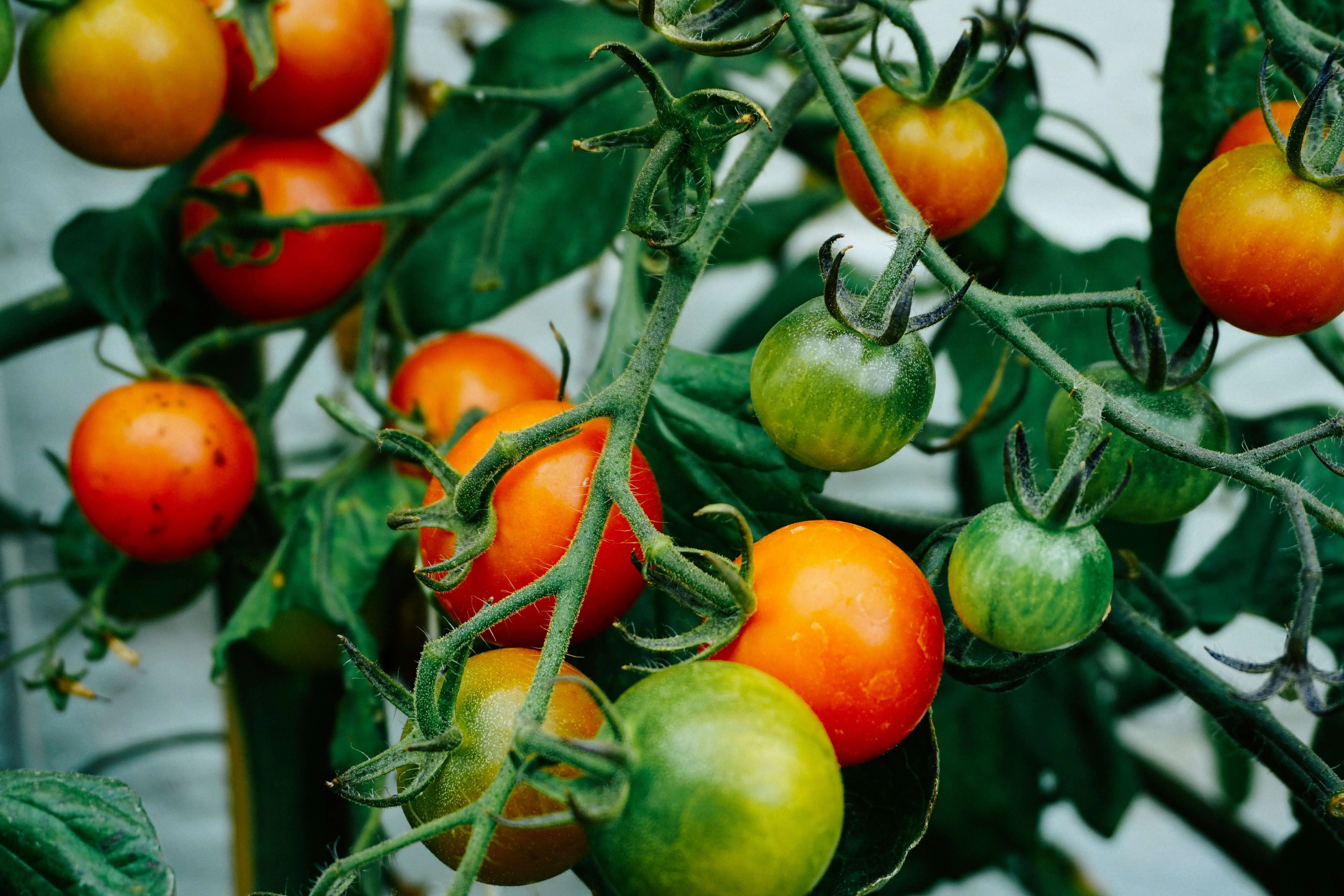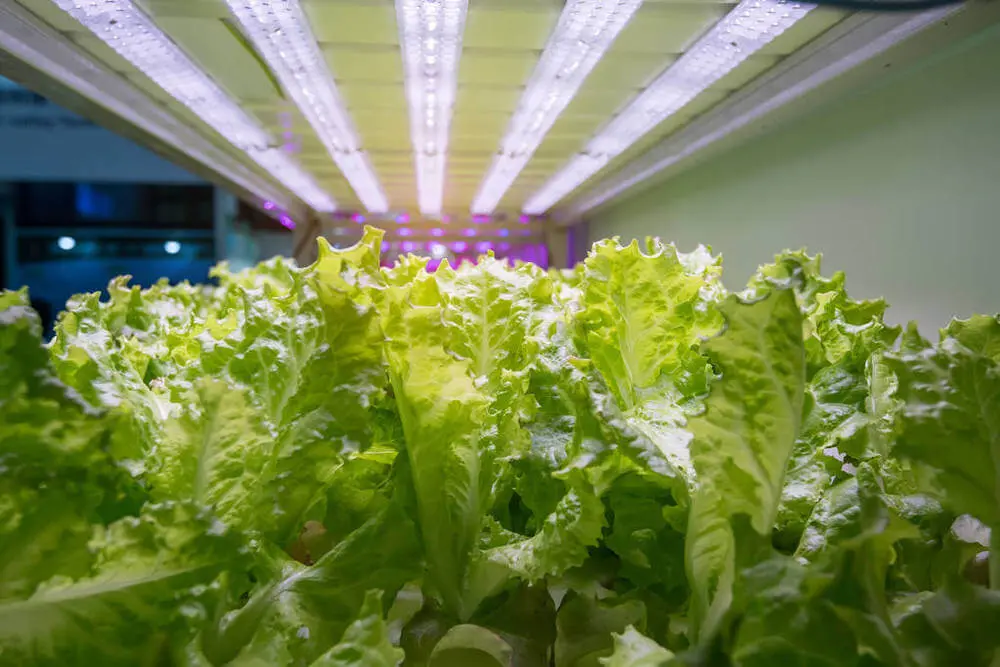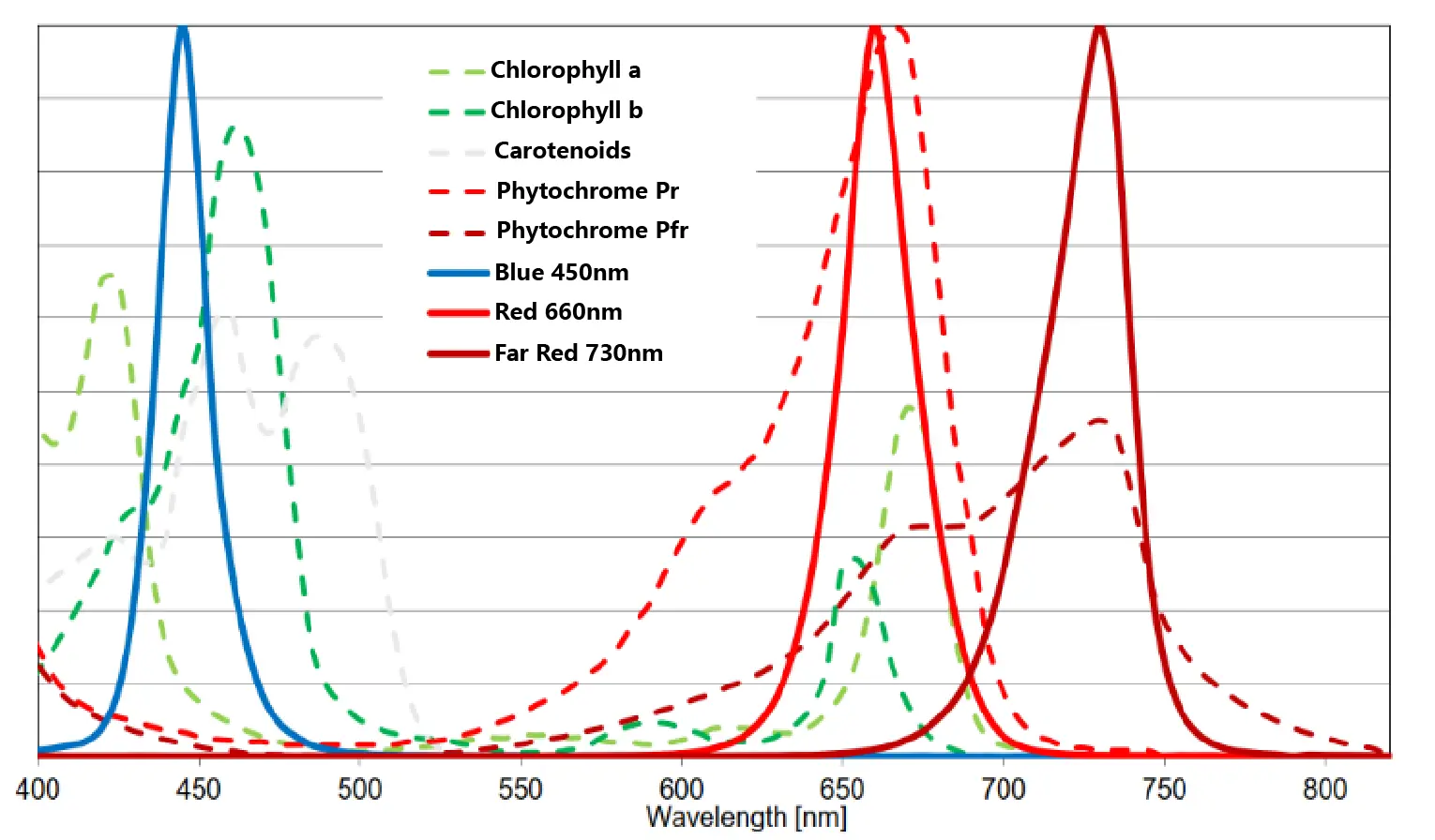2022-03-25
What is Forest Lighting Grow Light for Indoor Plant
As we all know, plants utilize the energy of light for photosynthesis in order to obtain the
necessary nutrient for growing. Therefore, photosynthesis is a key element in plant survival.

Led grow light for indoor plants is the Forest Lighting a kind of artificial lighting, which is a specific wavelength, to replace the sunlight, specially promotes the photosynthesis of plants and creates a suitable lighting environment to encourage, increase and enable plant growth.
Features of Forest Lighting Grow Light for Indoor Plants
The specific wavelength needed for photosynthesis is usually in the range of 400-720 nm. Blue light at 440-470 nm and red light at 620-660 nm are the greatest contributions to photosynthesis.The wavelength of red and blue light of Forest lighting grow light for indoor plants is just in this range, which can provide suitable specific wavelength for plant growing. At the same time, LED plant lights for indoor growing lamp also has the characteristics of high efficiency and energy saving (power consumption is 1 / 4 of that of fluorescent lamp and 1 / 10 of that of sodium lamp), spectrum adjust ability, low heat dissipation and long lifespan (more than 50000 hours).


Impact of Grow Light
Supplementary lighting
It can provide additional quantity and quality of illumination not achieved with the artificial lighting system in order to improve the photo syntentisis and therefore the growth and quality of the plants in greenhouses.
Photoperiod regulation
Effectively extend and scientifically control the light that plants needed, whether at dusk or night.
Forest Lighting Plant growing in the absence of natural daylight
In greenhouse or vertical farm, it can completely replace natural sunlight and promote plant growth.

Background theory of plant illumination
1.Photosynthesis
Photosynthesis is the synthesis action of light energy. The plants in which algae and some bacteria, under visible light, after light reaction and carbon reaction, use the photosynthetic pigment, convert carbon dioxide or sulfur dioxide to oxygen. At the same time, it also transforms light energy into chemical energy in organic.
CO2+H2O→(CH2O)+O2 (Condition: Luminous energy and chloroplast)
2.The best wavelength: Green light is 450nm, Red light is 660nm

Generally, the best wavelength for plants growth green ray is 450nm, red ray is 660nm.
-- 450nm blue ray promotes plants germination;
-- 660nm red ray promotes light synthesis, germination and flowering
3.The effects of different spectra rang on plant physiology
280-315NM: It has little effect on morphology and physiological process.
315-400nm: Have less absorption of chlorophyll, affecting the photo period effect and preventing stem elongation.
400-520nm(Blue ray): The absorption ratio of chlorophyll and carotene is the largest, which has the greatest impact on photosynthesis.
520-610nm(Green): The absorption rate of pigment is low.
610-720nm(Red ray): The absorption of chlorophyll rate is low, which has a significant effect on photosynthesis and photo period.
720-1000 nm: The absorption rate is low, stimulating cells prolong, and flowering and seed germination are affected.
>1000 nm: Convert to heat.
4.The function of different spectral on plants:
1): Red light: (Pr) (610-680nm)
-- Red light is the main ray for the plant photosynthesis under the suitable blue ray.
-- While in the weakness light, the red ray have the highest efficiency of the photosynthesis.
-- Red light control the light period and affect the florescence.
-- Red light help the plants manufacture carbonhydrate , promote plants growth.
2) Blue light: (420-470nm)
-- The weakness light environment, the photosynthesis function of blue light is less than red light.
-- It have a big function of the early stage of plant growth, to help roots flourishing.
--The algae have a strong abortion in the area a/b blue light, mainly help the plants synthesis of proteins and amino acids.
-- Suitable blue light help the plant with good growth. More health and increase the production.
3) Far red light/infrared light: (730-750nm)
--Emerson enhancement effect: Emerson experiment in 1957 found that the plants are under the red light(wavelength 660nm) and far red light (>700nm) would be a better photosynthesis than only with red light.
-- Infrared light is also the sensitive light of the plants phototaxis. When plants under the red light, and feel have some things shelter the light, and they will grow higher.
5.The concept of light intensity.
Plants lighting is non visual lighting, the light intensity is not the same as normal lighting.
PAR/PPFD is used to represent light radiation intensity.
PAR: Photosynthetic Active Radiation
The special wavelength of phptpsyntheticis range is from 400-700nm. Photosynthetic radiance (w/m2), mainly used in the study on the generalization on sunlight photosynthesis.
PPFD(umol/m2/s): Photosynthetic photon flux density, mainly used in the Study on both the artificial light with the sunlight photosynthesis.
6.The function of light intensity on plants.
PPFD will affect the photosynthethic. To some extent, below the light saturation point, the higher of PPFD, the higher photosynthethic, the higher plants production.
Solar Yard Lights: How it Works?
Light bulb Philippines suppliers – How to choose the right light bulb





